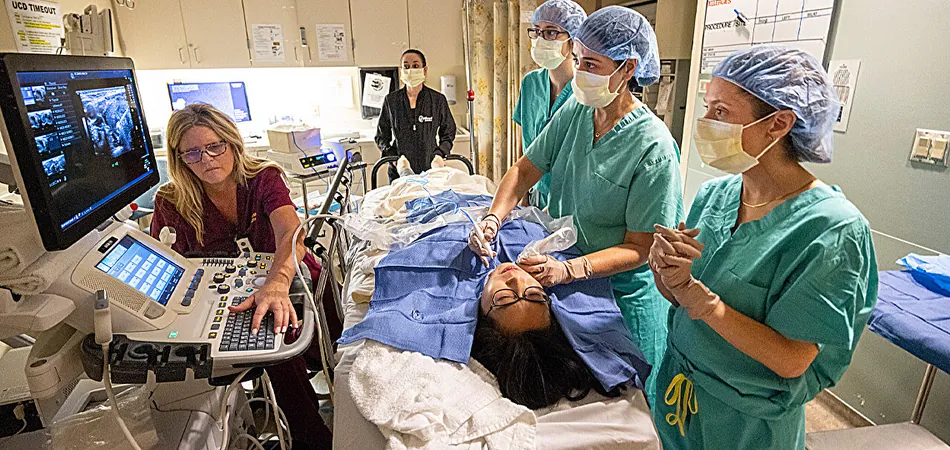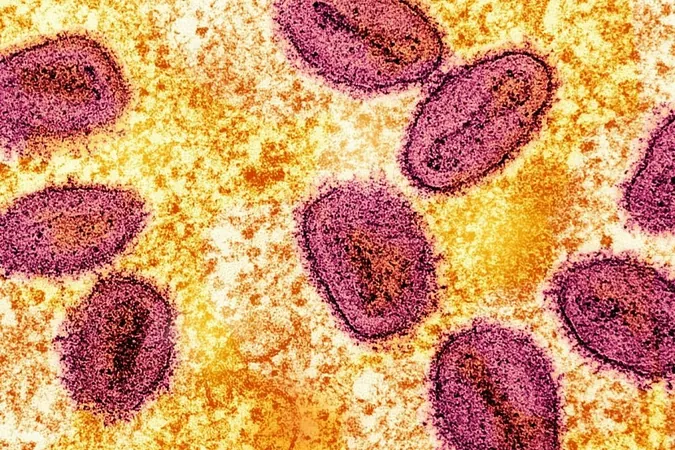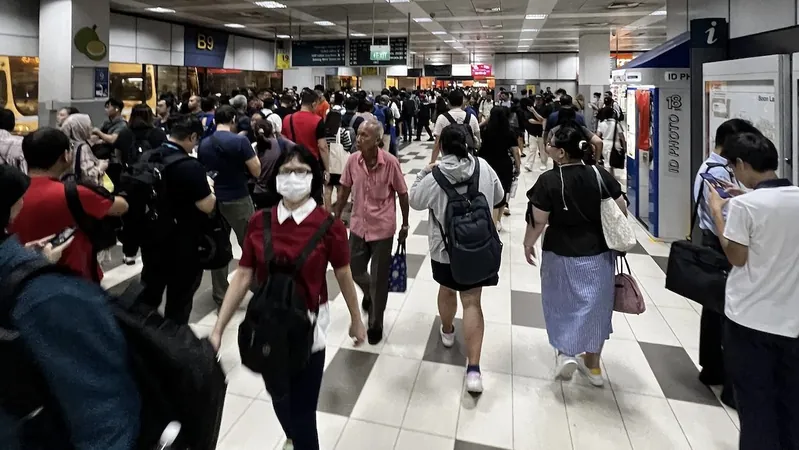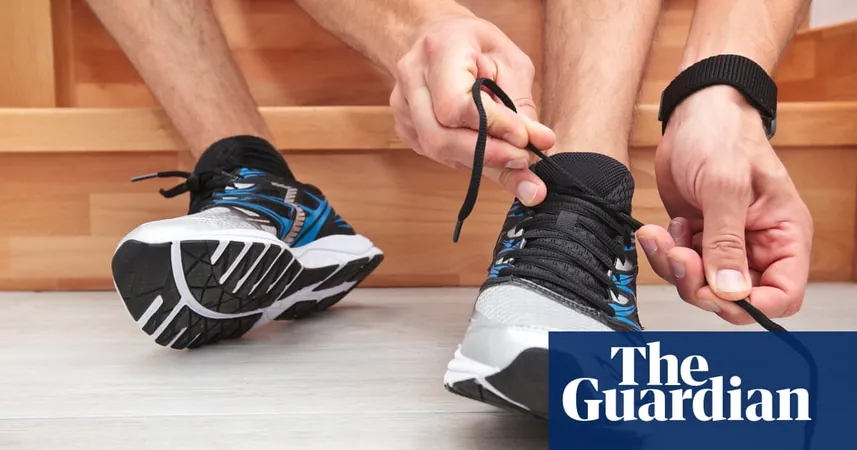
Revolutionizing Thyroid Treatment: How a Nonsurgical Procedure is Changing Lives
2024-09-18
Introduction
In recent years, an alarming number of individuals have experienced tightness in the throat, difficulty swallowing, or visible lumps on their necks due to thyroid nodules. More than 40 patients have sought help from renowned endocrinological surgeon Dr. Claire Graves, with some traveling from as far as Idaho to access a groundbreaking procedure now available at UC Davis Health.
Understanding Thyroid Nodules
Enter radiofrequency ablation (RFA), a minimally invasive, outpatient treatment that offers a viable alternative to traditional surgery for certain patients suffering from thyroid nodules. These nodules—lumps that often form in the thyroid gland, located just below the Adam's apple—are surprisingly common; nearly half of the population will develop them at some point. Thankfully, the vast majority of these nodules are benign and pose no cancer risk.
The RFA Technique
RFA is a relatively new technique in the United States, having proven successful in South Korea since 2006. U.S. surgeons began utilizing the method around 2020. Dr. Graves, who learned the procedure from one of the pioneers in America, quickly recognized its potential impact when she joined the endocrine surgery team at UC Davis four years ago. She and radiologist Dr. Sima Naderi have since established the UC Davis Center for Interventional Thyroidology to better serve patients in Northern California.
How RFA Works
Using local anesthesia, the procedure utilizes a needle-based probe with a specialized active tip to deliver carefully controlled bursts of electricity. This process targets and 'cooks' the cells surrounding the nodule, leading to their gradual shrinkage. Patients typically spend about 45 minutes in the procedure room, and they have the luxury of going home the same day. Remarkably, studies suggest that after just one year, nodules can reduce in size by approximately 50-80%.
A Patient Success Story
One success story is that of Michelle Smith, a 53-year-old woman who underwent the RFA procedure in December 2023. After grappling with discomfort for over three years, Smith's quality of life drastically improved following her treatment. 'I looked in the mirror and wondered, 'What's going on?' You could clearly see a little ball on my neck,' she recalled, detailing her journey from initial symptoms to her successful RFA experience.
Research and Validation
Dr. Graves and Dr. Naderi are currently conducting research to quantify the life-changing results of RFA. Patients like Smith complete surveys evaluating their quality of life before the procedure, followed by follow-ups at intervals of six months to one year. Dr. Graves emphasizes the importance of these comparisons to maintain high standards and align results with published outcomes.
Alternative Solutions
For patients unsuitable for RFA—such as those with completely fluid-filled or 'cystic' nodules—UC Davis offers an alternative known as ethanol ablation. This procedure involves the insertion of a needle to drain the liquid from the cyst and refilling it with alcohol, effectively treating the nodule while avoiding the complications associated with traditional surgery.
Conclusion
Dr. Graves advocates for these innovative methods, asking, 'If I can deliver similar results for patients with less downtime, fewer scars, and a diminished need for hormone replacement therapy, why wouldn't I?' The advances in nonsurgical thyroid treatment are not just about improved health; they aim to give patients their lives back—without the burdens of extensive surgery. More individuals are encouraged to explore RFA as a treatment option, with many hopeful about the promising future of thyroid care.







 Brasil (PT)
Brasil (PT)
 Canada (EN)
Canada (EN)
 Chile (ES)
Chile (ES)
 España (ES)
España (ES)
 France (FR)
France (FR)
 Hong Kong (EN)
Hong Kong (EN)
 Italia (IT)
Italia (IT)
 日本 (JA)
日本 (JA)
 Magyarország (HU)
Magyarország (HU)
 Norge (NO)
Norge (NO)
 Polska (PL)
Polska (PL)
 Schweiz (DE)
Schweiz (DE)
 Singapore (EN)
Singapore (EN)
 Sverige (SV)
Sverige (SV)
 Suomi (FI)
Suomi (FI)
 Türkiye (TR)
Türkiye (TR)